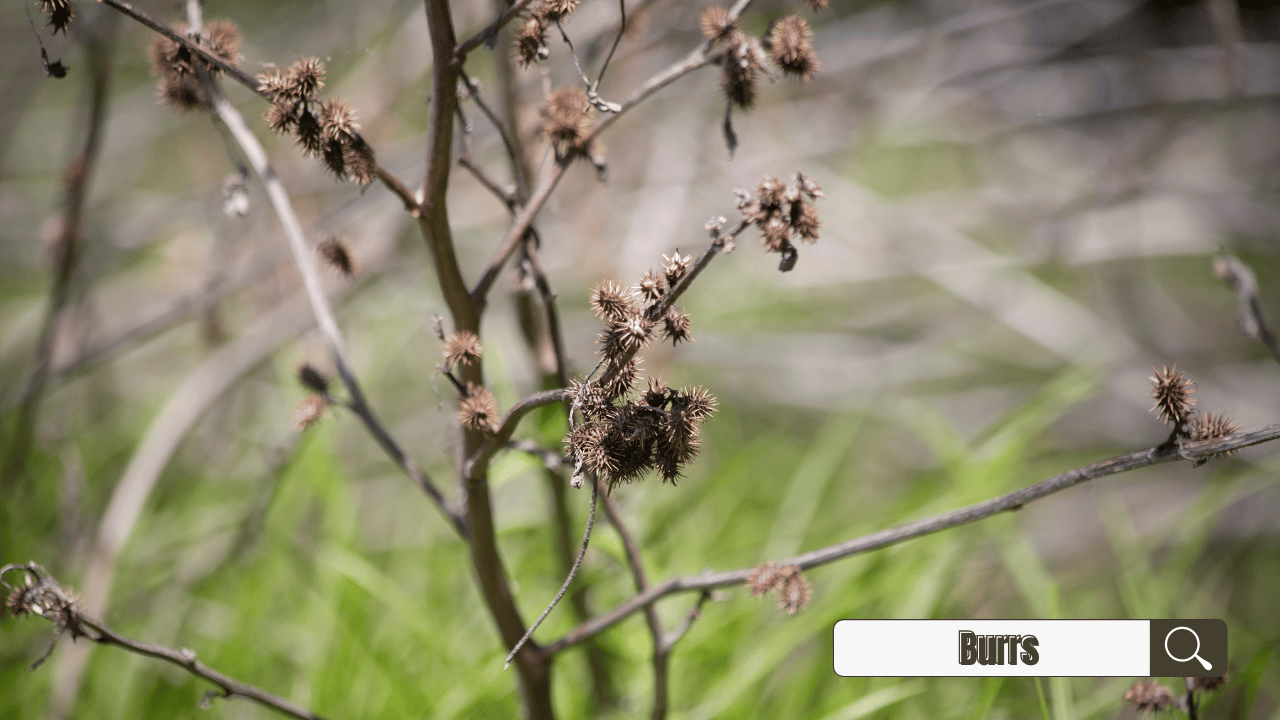Do pesky sticker weeds invade your lawn? Stickers, AKA grass burrs, can be an eyesore on your lawn. Once they start plaguing your yard– you can expect it to only go downhill by the day. There are three common types of stickers on the grass: (1) Burweed, Lawn Burrs and Stickers Weeds, (2) Pricking Monsters and Sandburs, and (3) Grass Stickers and Grass Burrs.
Though sticker weeds are considerably non-toxic, they can be hazardous to bare feet, children, and your pets at home. These can also cause harm to all your outdoor plants. As such, it would be best to determine the best way to get rid of stickers in your yard to ensure optimal lawn growth.
What are Stickers in Your Grass?

First, you will need to identify the particular sticker plant on your lawn to determine the best way to eliminate them effectively. No wonder we hear several different names of sticker weeds, such as:
Regardless, all of these terms refer to the same thing. If grass stickers invade your lawn, you may be unable to walk barefoot, which may be a problem for your furry friends. (Related: 15 Different Types of Weeds That Grows In Florida Lawns)
What are Sticker Weeds and Where do they Come From?
Lawn Burweed (or Soliva sessilis) is known to thrive gradually in the cooler months. These originate from Burweed, which starts blooming in the early fall and matures in the spring. Once the burweed wilts, its seeds tend to get sticky.
The remnants then form into what we know as "stickers." When stepped on, it can be rather painful to walk barefoot. Homeowners who live in a dry state are most likely to deal with these annoying stickers regularly.
Options to Eliminate Sticker Burrs
Sadly, once you detect the presence of burweed stickers on your lawn– it will be too late for you to control the problem for the rest of the year. Contrary to popular belief, commercial, chemical-based weed killers aren't the most ideal to use in killing stickers in the grass. Remember that you need to be as cautious as possible when using harmful chemicals on your lawns, especially with your children and pets at home.

If you're looking for a simple method to control the problem, use white vinegar, as it may kill the weeds plagued with stickers. White vinegar has natural acidic chemicals that are poisonous to stickers, which can stop them dead in their tracks before they destroy your lawn.
7 Common Types of Sticker Weeds
Generally, sticker weeds are small with numerous seeds. These seedlings surround the ground of your plants, which later take root when they get adequate sunlight. Over time, these sticker weeds form dense clumps that grow rather quickly than the other common types of weed if overlooked.
Let's discuss the different types of sticker weed, so you know which ones are causing harm to your lawn:
Dealing with Sticker Weeds on your Yard
It's always recommended to ensure the pesky stickers do not make a reappearance on your lawn, especially after going through all the hassle of removing them.
Pro Tip: If you're looking for easy yet effective prevention methods: add frequent mowing to your routine lawn maintenance regimen.
Ideally, it's best to catch the seeds before they germinate and turn into weed stickers. You can do this by using a lawnmower or tractor. To ensure the best results, contact a local lawn care professional to help you reduce the likelihood of dealing with weed stickers and grass burrs for the year.
Frequently Asked Questions (FAQs)
What are sticker weeds and what do they look like?
Invasive plants growing in pastures, gardens, and yards are known as sticker weeds. These plants came from a species of burr known as Tribulus Terrestris or puncture vine. Their seed pods, which look like small rounded spikes with four-pointed ends, have earned them the names goatheads and caltrop plants. Since they have sharp spines that can pierce particular shoes, these plants are a nuisance to animals and people. They can also hurt animals, including livestock such as cows, horses, sheep, and goats. These can also harm your pets, such as dogs and cats, if caught in their fur and skin, potentially causing infections.
What are some proven prevention tips to keep Sticker Weeds from invading my garden?
Are grass stickers poisonous?
They are not poisonous per se, but they can cause traumatic injuries to animals and people.
How do I get rid of stickers in my yard naturally?
Stickers may be removed using white vinegar. Spray the white vinegar directly on the stickers for a few days. Gather them with a shovel or rake and dispose of them when they're dead.
